Volcanic Island Majesty
Known for being the “Seahorse Island” because of its form on the map, Isabela is the biggest land mass in Galápagos and the most popular Island to visit. The six remaining active volcanoes on the island are what give the island’s profile the form of a hippocampus. The Wolf Volcano, which stands at a height of around 1,707 meters, is the island’s highest point.
Along with its land and wildlife story there is also a human one to tell. Isabela’s Island has had many names, it’s actual one is named after Queen Elizabeth who was the first lady to reign in the United Kingdom. The island of Isabela’s first guests were pirates and balladeers. They may use the Galápagos Islands to replenish their food and water supplies or to hide from Spanish sailing ships. Giant turtles would gather in Tagus Cove on Isabela’s Island as a favored landing spot to harvest their meat.
The island includes multiple brackish lagoons that are home to dozens of flamingos, also known as flamingos, and other birds who take advantage of these sites to drink and remove the salt from their wings due to the mix of seawater and precipitation. Galápagos land birds inhabit Isabela in a very diverse range. Birdwatchers should keep an eye out for Galapagos Finches (including the highly endangered Mangrove Finch), Flamingos, Galápagos Doves, Pintail Ducks, many waders and shorebirds, and Galapagos Hawks. And if it could get any better, this Island is also a region with abundant resources for the cultivation of coffee, citrus, papaya, pineapple, cassava, bananas, sugar cane, corn, and other fruits.
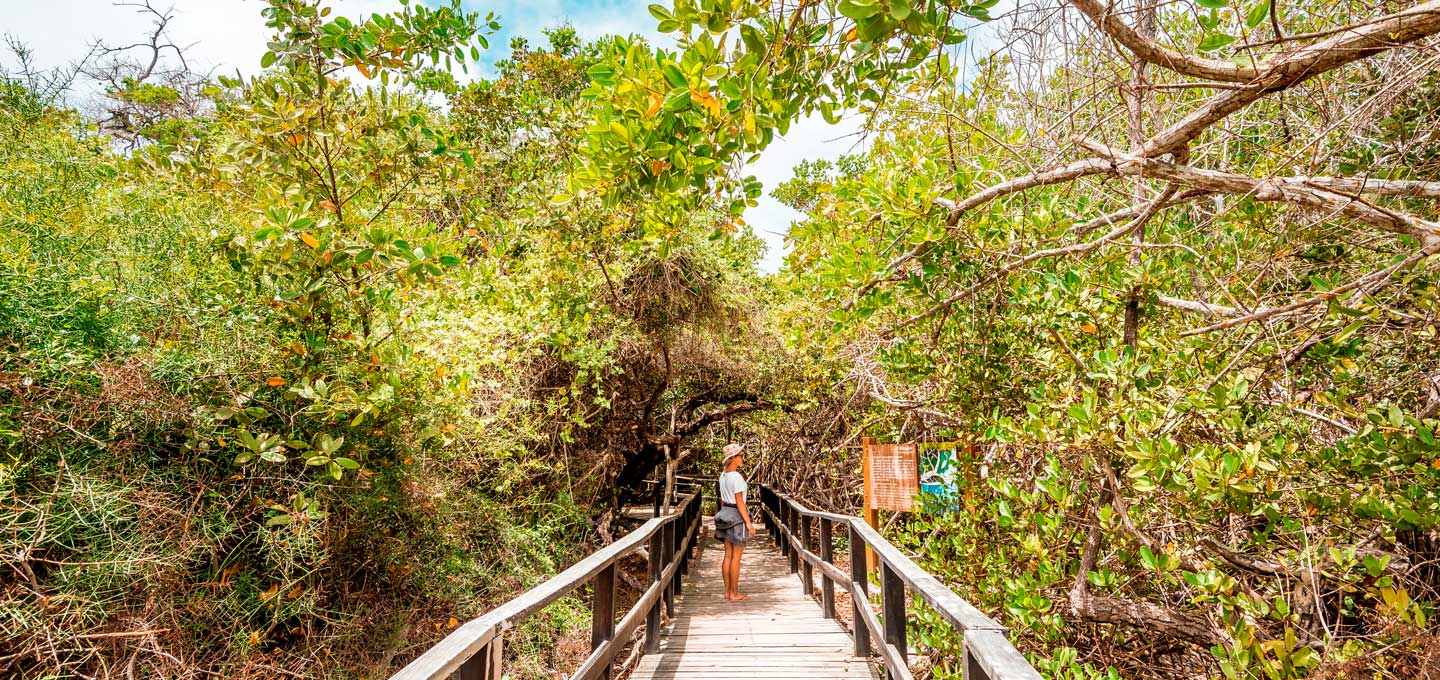
What you need to know about The Wetlands, Galápagos The Wetlands of Isabela is an area full of lagoons and mangrove swamps. They are situated near the Iguana Crossing Hotel and extend to the far end of the main beach. With a network of seven boardwalk pathways that pass by lakes, ponds, mangroves which are […]
View more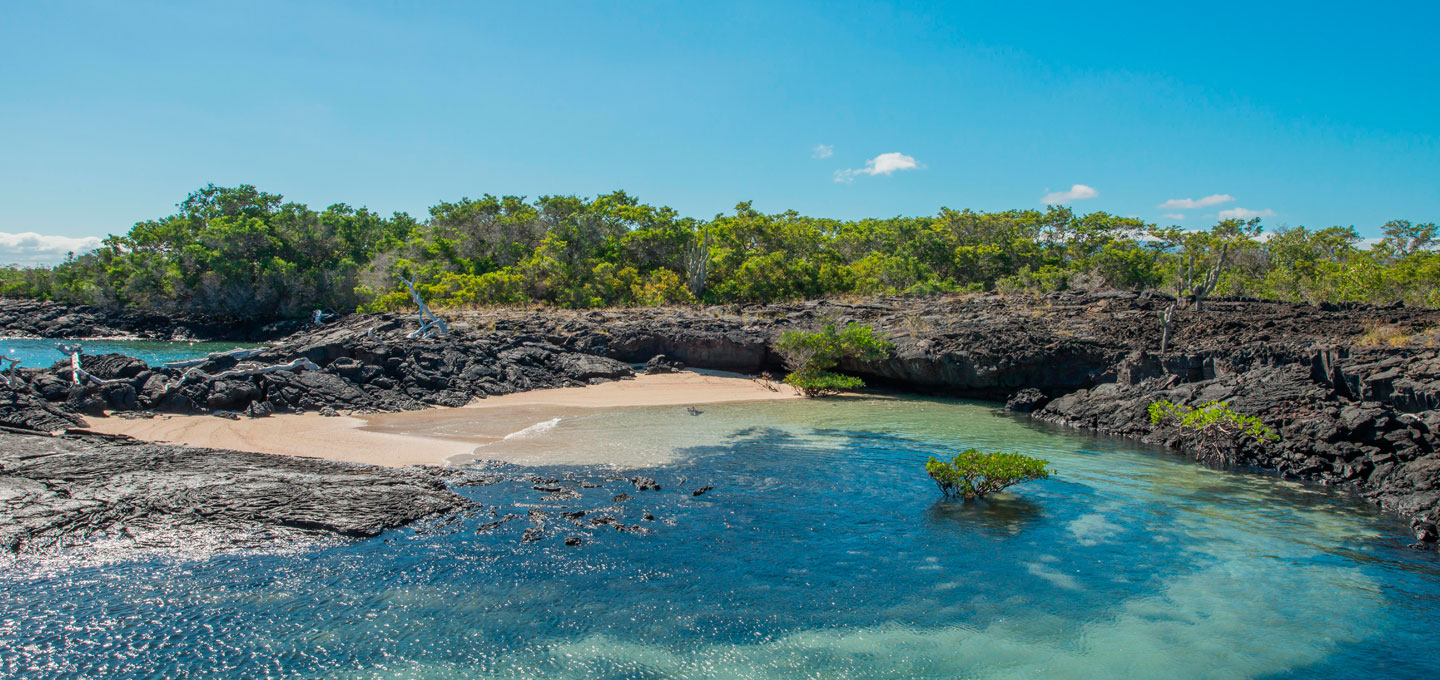
What you need to know about Moreno Point, Galápagos Moreno Point offers a series of activities that visitors will enjoy. You can go through tide pools and mangroves, a moderate land route crosses lava. With flamingos, pelicans, several types of herons, and other birds, this region is well known for bird viewing. Along with unique […]
View more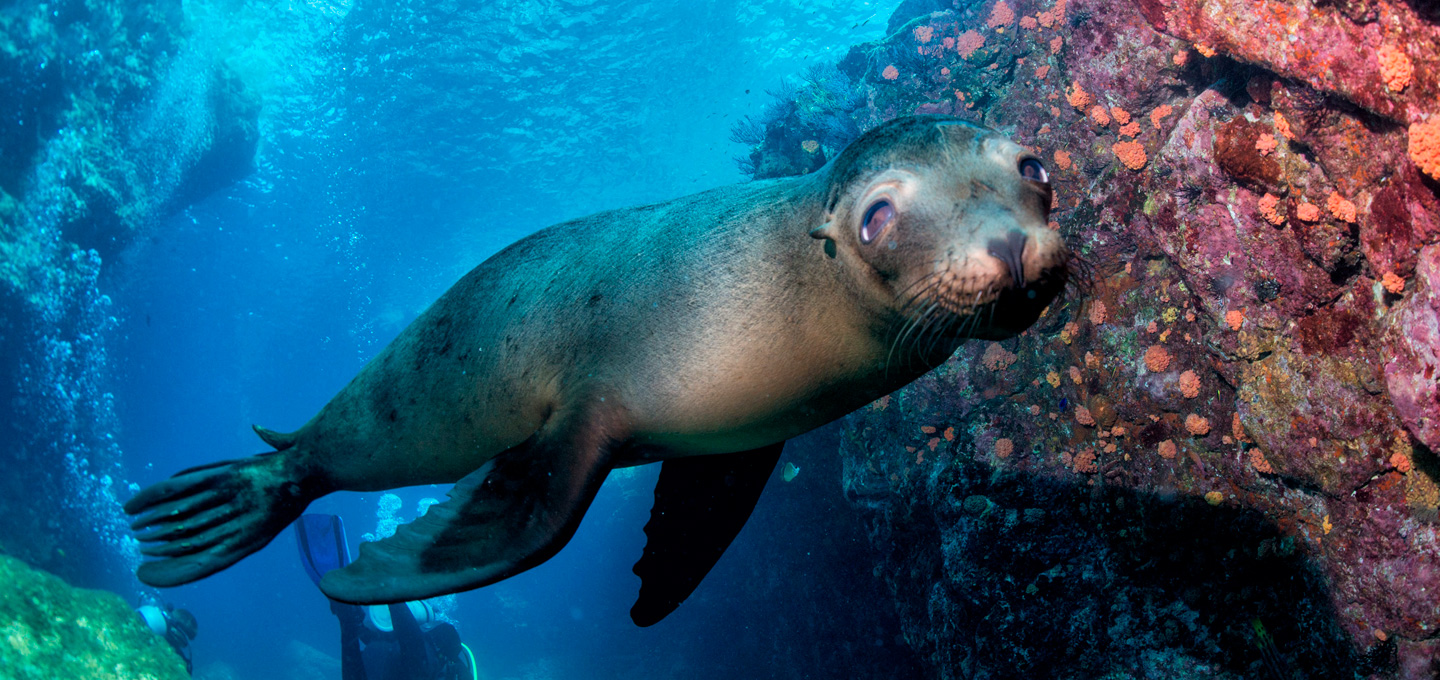
What you need to know about Cowley Islet, Galápagos Perfect place for diving and seeking beautiful marine wildlife. It was given that name in honor of Ambrose Cowley, an English pirate who created the first maps of the Galapagos. Due to the variety of marine life you may see there, including sea lions, sharks, sea […]
View more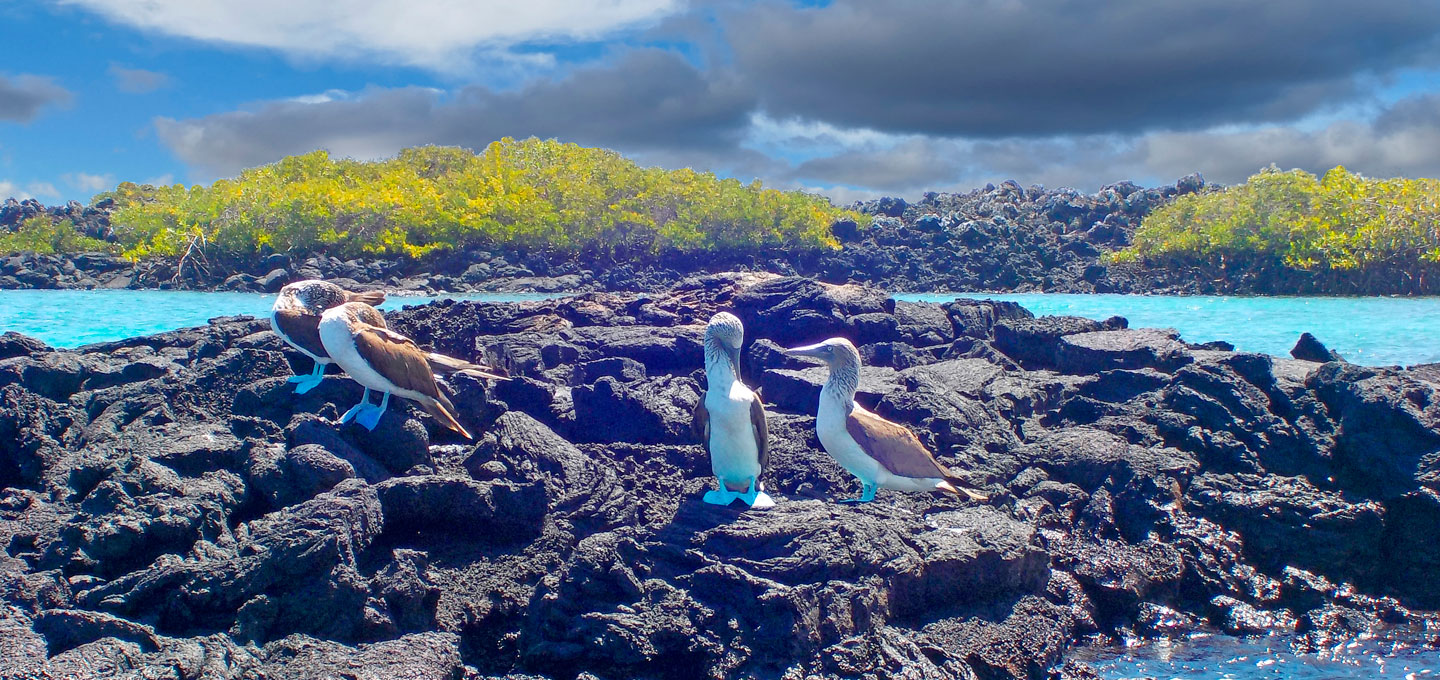
What you need to know about Las Tintoreras, Galápagos Tintoreras is a little islet accessible only by kayak or panga. The journey starts with a boat cruise around the harbor in search of wildlife, including Galapagos penguins perched on rocks. After landing on a dry dock, a loop route winds past a sizable marine iguana […]
View more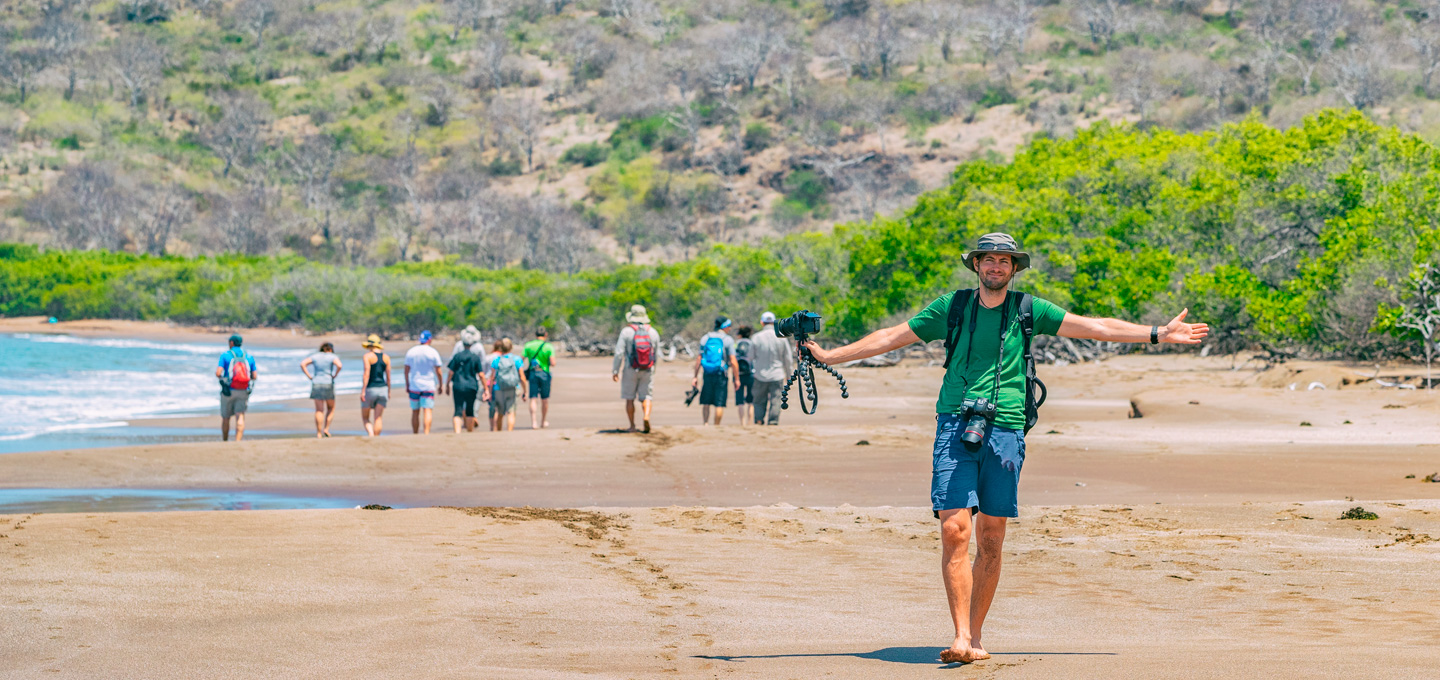
What you need to know about Urbina Bay, Galápagos One of the strangest locations on the Isabela Islands is Baha Urbina. Coral reefs and fossils were made visible in 1954 due to volcanic uplift that lifted the seafloor above the water’s surface. Pelicans, marine iguanas, and flightless cormorants are common visitors to the coast. Additionally, […]
View more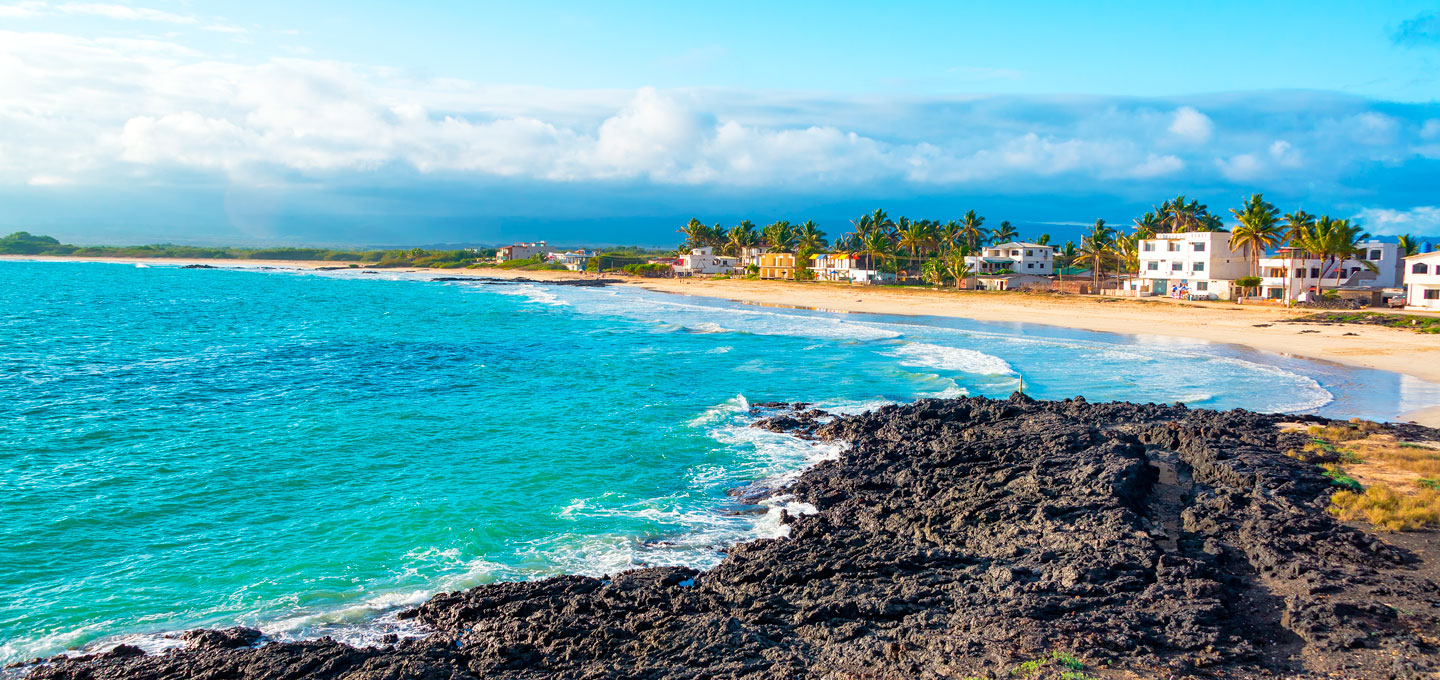
What you need to know about Puerto Villamil, Galápagos This beautiful town with a long radiant beach is considered one of the best places in Galápagos. After a day of busy exploration, Puerto Villamil is the perfect location to swim, surf, unwind, or watch the sunset in a hammock at one of the waterfront bars. […]
View more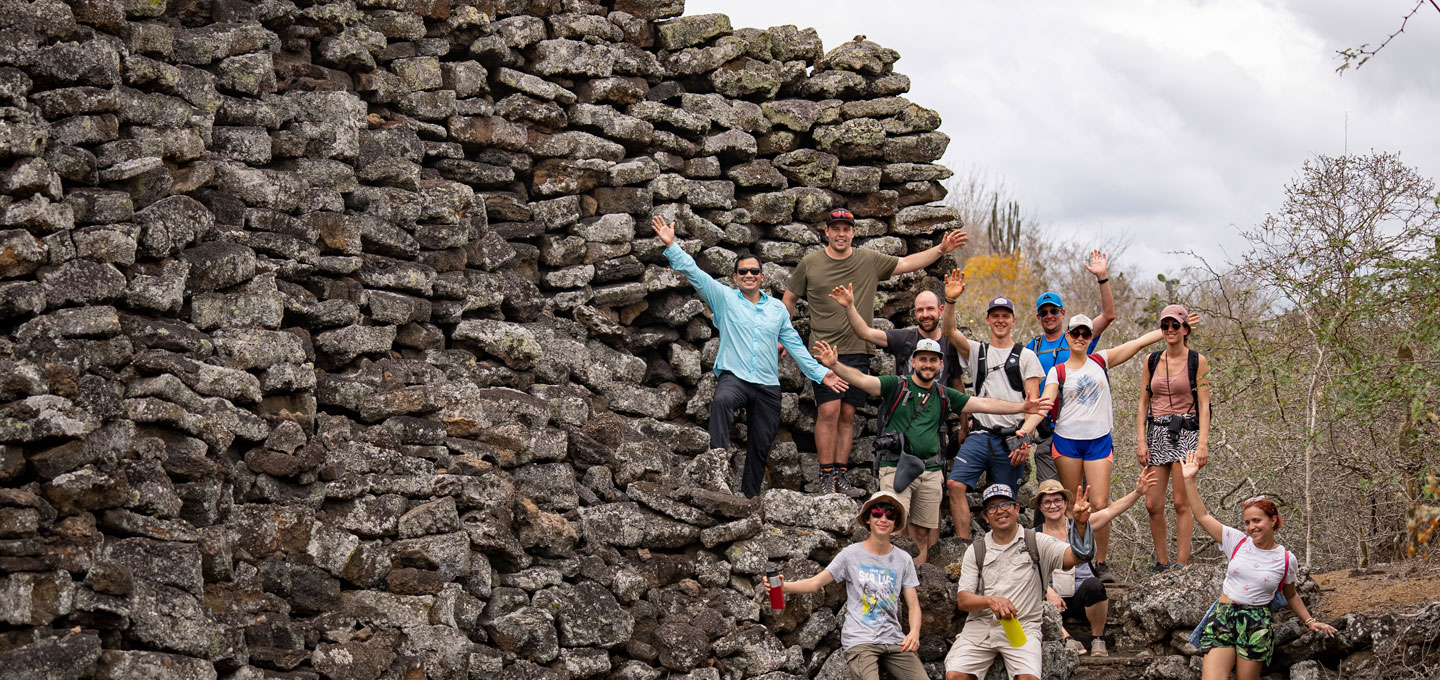
What you need to know about Wall Of Tears, Galápagos The Wall of Tears, a 100-meter-long and 6-meter-tall black lava wall constructed by inmates from the former Isabela penal colony, is located six kilometers from the city. This serves as a sobering reminder of the island’s violent past, and some claim that it is “haunted”. […]
View more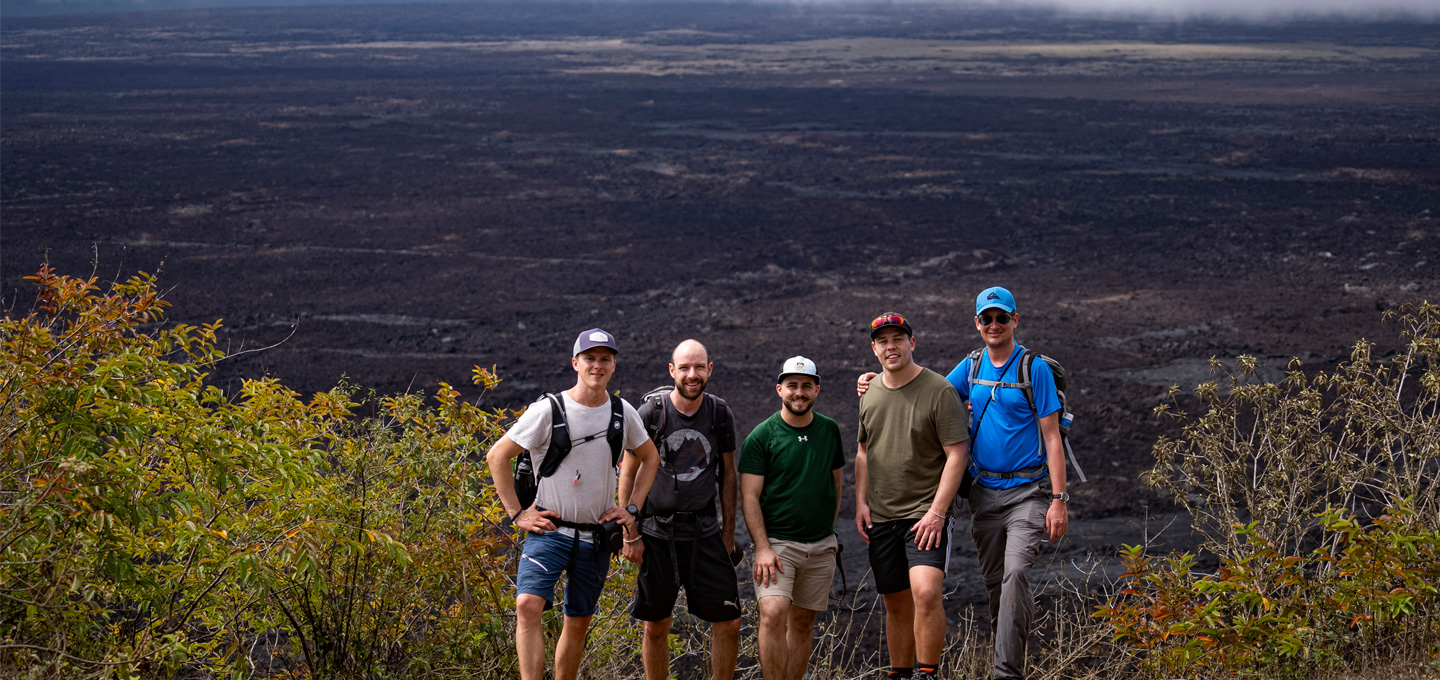
What you need to know about Sierra Negra Volcano, Galápagos The Volcano of Sierra Negra has the second biggest crater in the whole world. Here, tourists can go for a guided one-day hike to the top of the volcano to enjoy the crater dazzling views. On many occasions, Galápagos finches, flycatchers and falcons can be […]
View more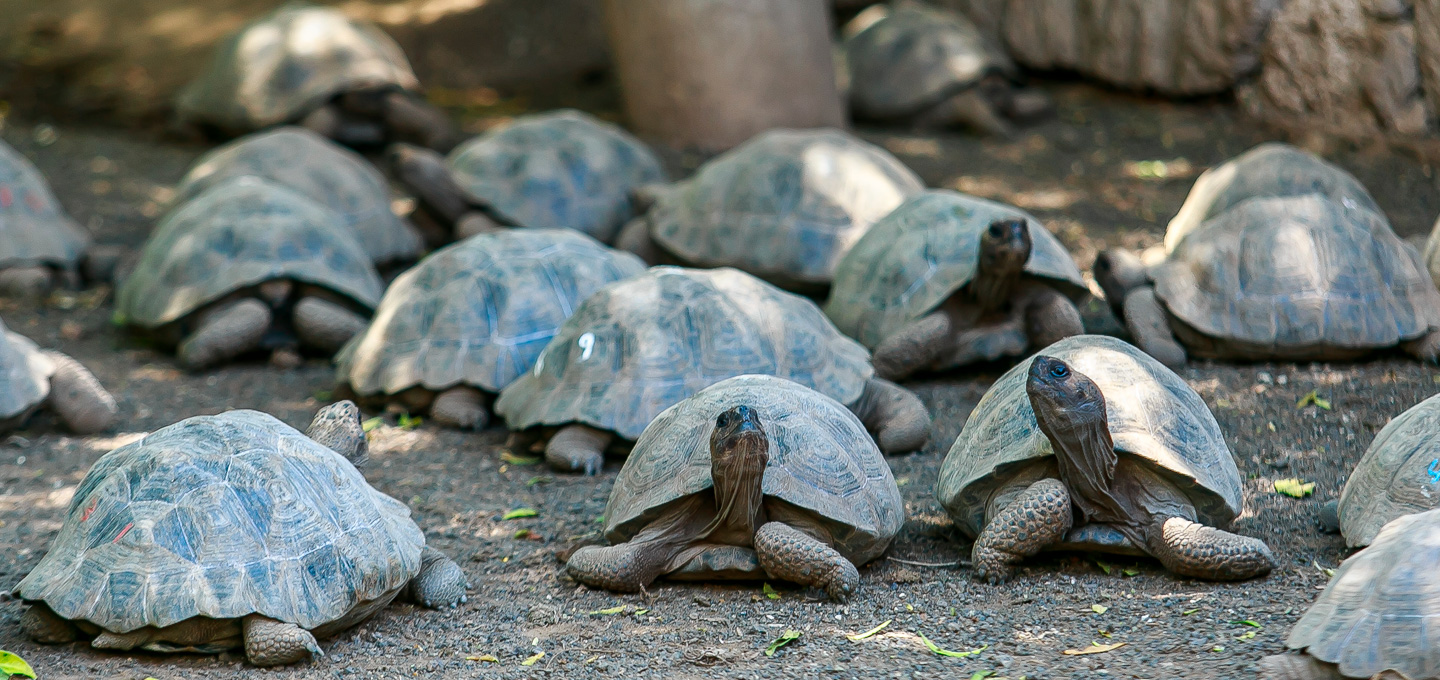
ARNALDO TUPIZA TORTOISE BREEDING CENTER What you need to know about Arnaldo Tupiza Tortoise Center Galápagos One of the Galapagos Islands’ successful tortoise breeding programs is the Isabela Tortoise Breeding Center. It is intriguing to investigate the many phases of turtle development, from hatchlings to young adults. When they are mature enough to survive on […]
View more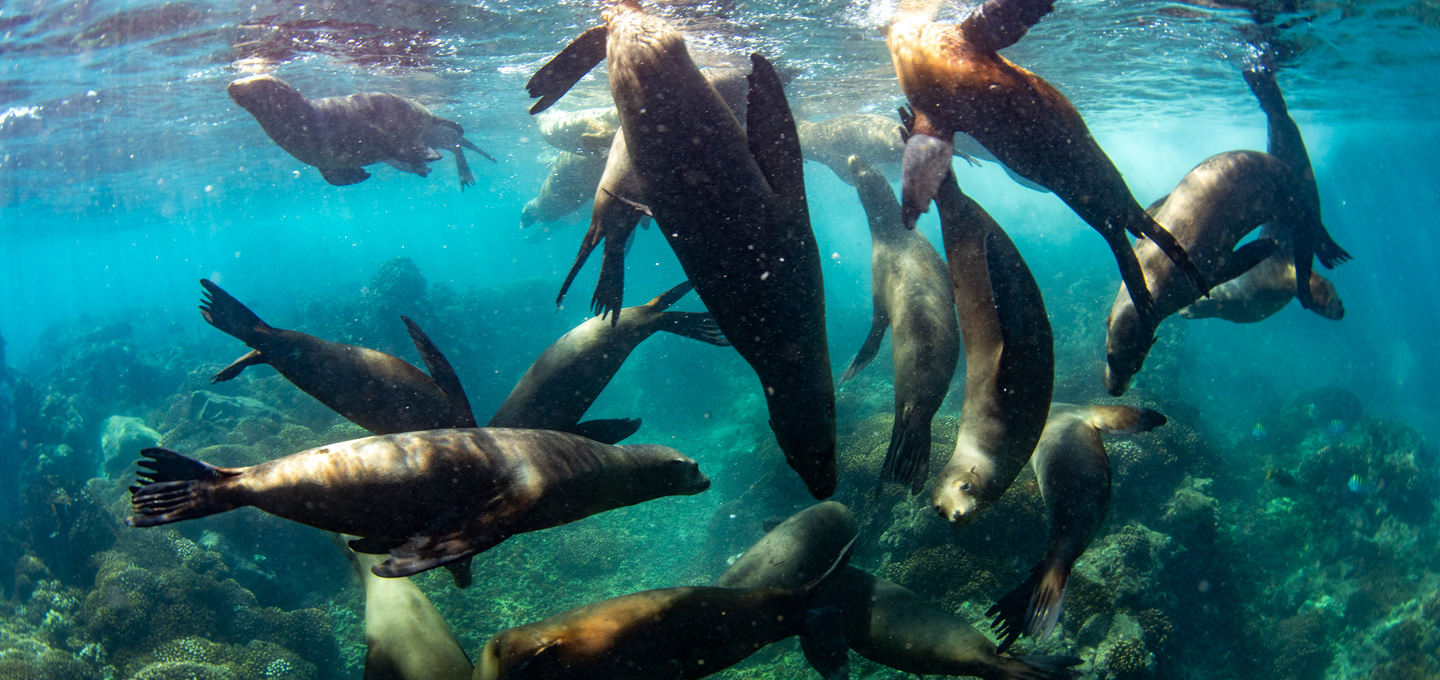
What you need to know about Cape Marshall, Galápagos This wall dive is a perfect option for people who have experience scuba diving since its currents are heavy. Cape Marshall is a reef dive that can be found 120 feet off the northwest coast of Isabela. Here, visitors get the chance to encounter sea lions, […]
View more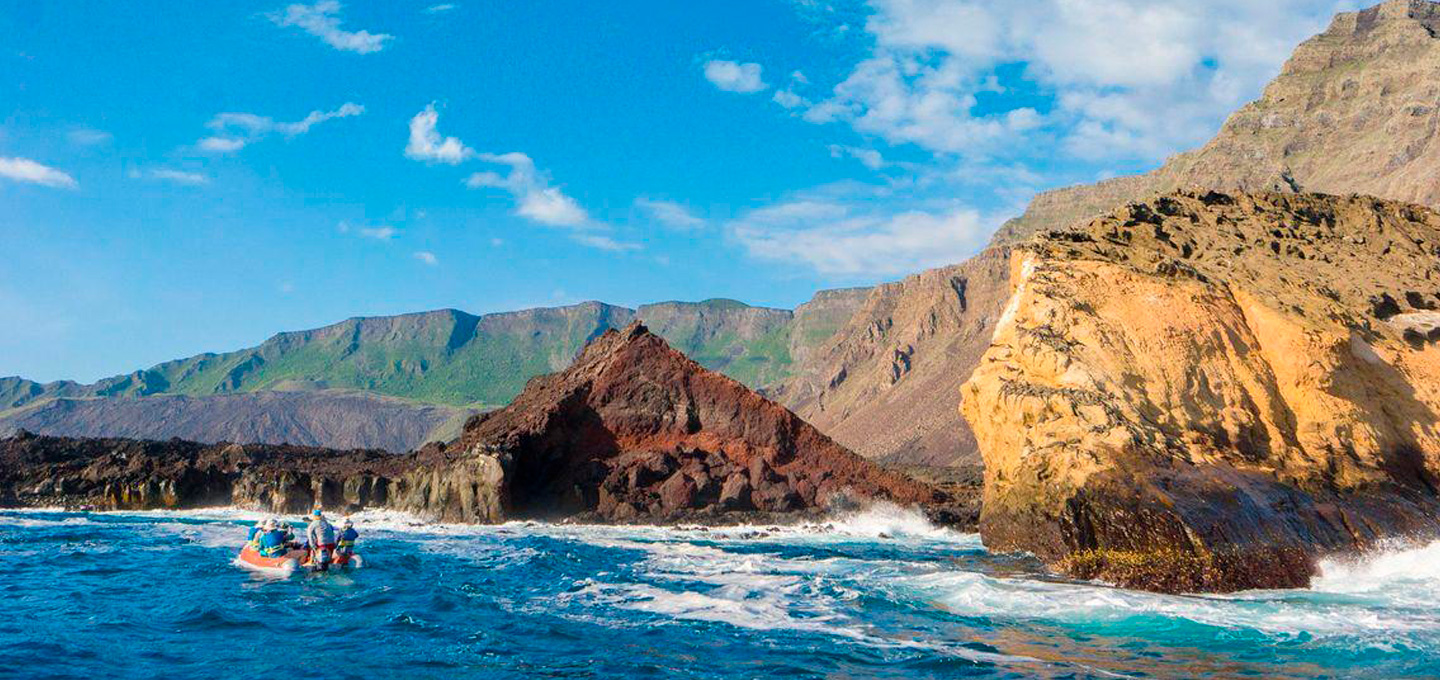
What you need to know about Albermarle Point, Galápagos The largest marine iguanas in the archipelago may be found on Isabela Island’s northernmost tip, which is also an important breeding location for flightless cormorants. Visitors can ride a panga to get near to the animal action despite the fact that landing is not permitted here. […]
View more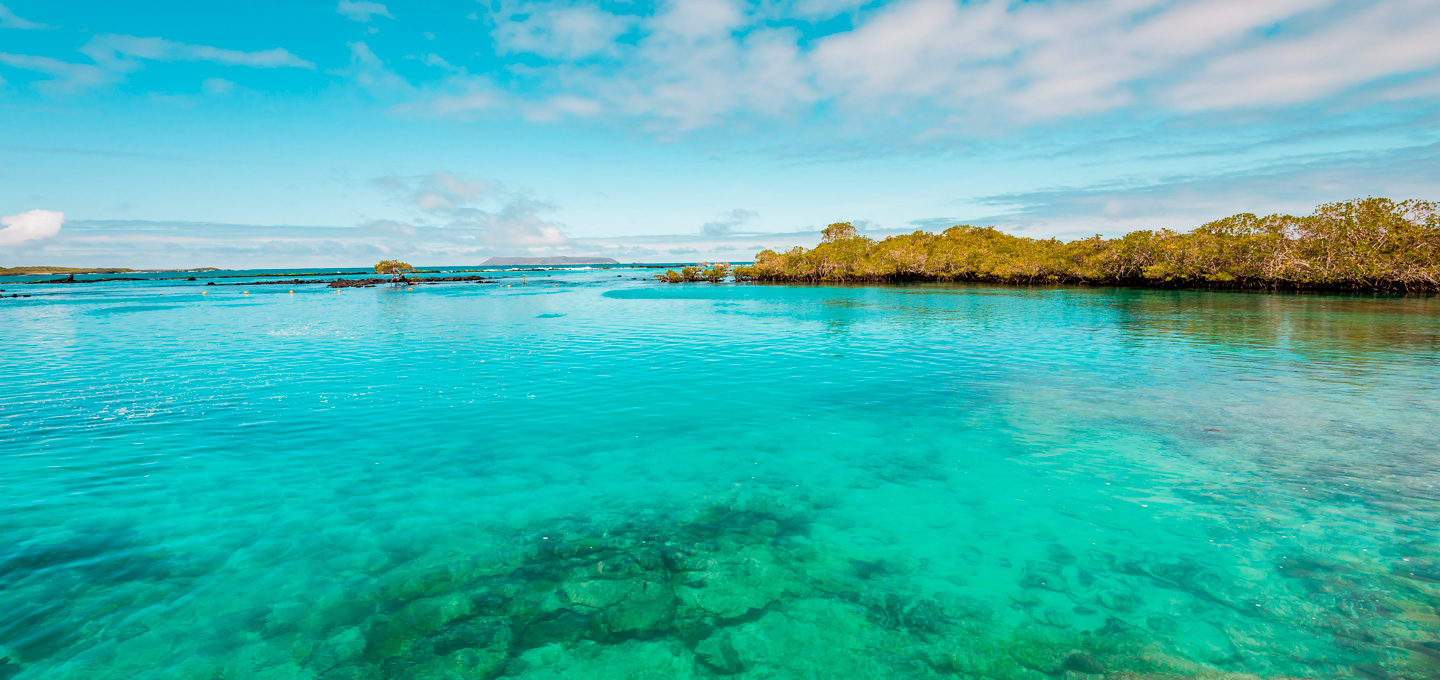
What you need to know about Concha de Perla, Galápagos Concha de Perla is a bay full of crystalline and tempered waters. There is also a yellow sanded little beach. Visitors can go snorkeling, hiking and scuba diving along with tropical Galápagos fish, playful sea lions, marine iguanas and penguins. People can explore this bay […]
View more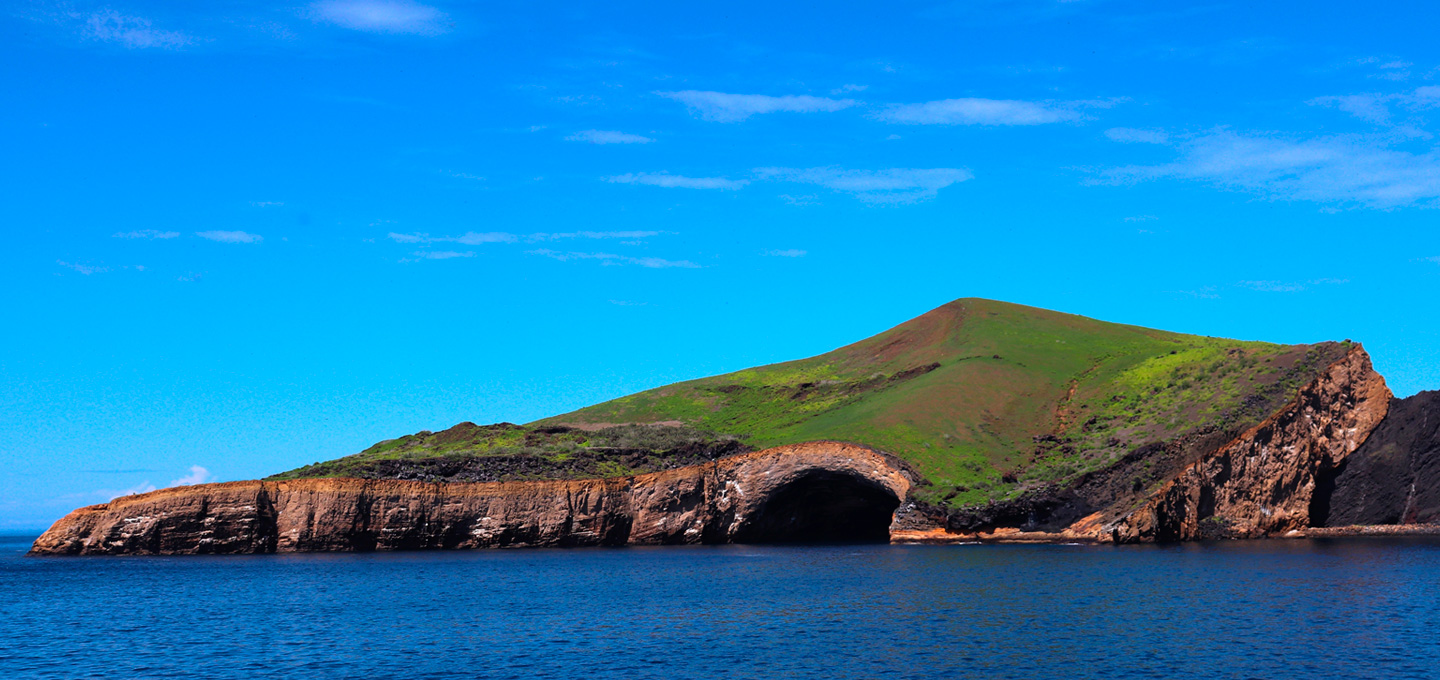
What you need to know about Vicente Rock Point, Galápagos Vicente Rock Point in Isabela is a stopping point for diving vessels like the Galapagos Sky. This dive is a wall dive with lots of coral-covered crevices to search for underwater life. Typically, currents are weak and visibility is good. This stunning site is perfect […]
View more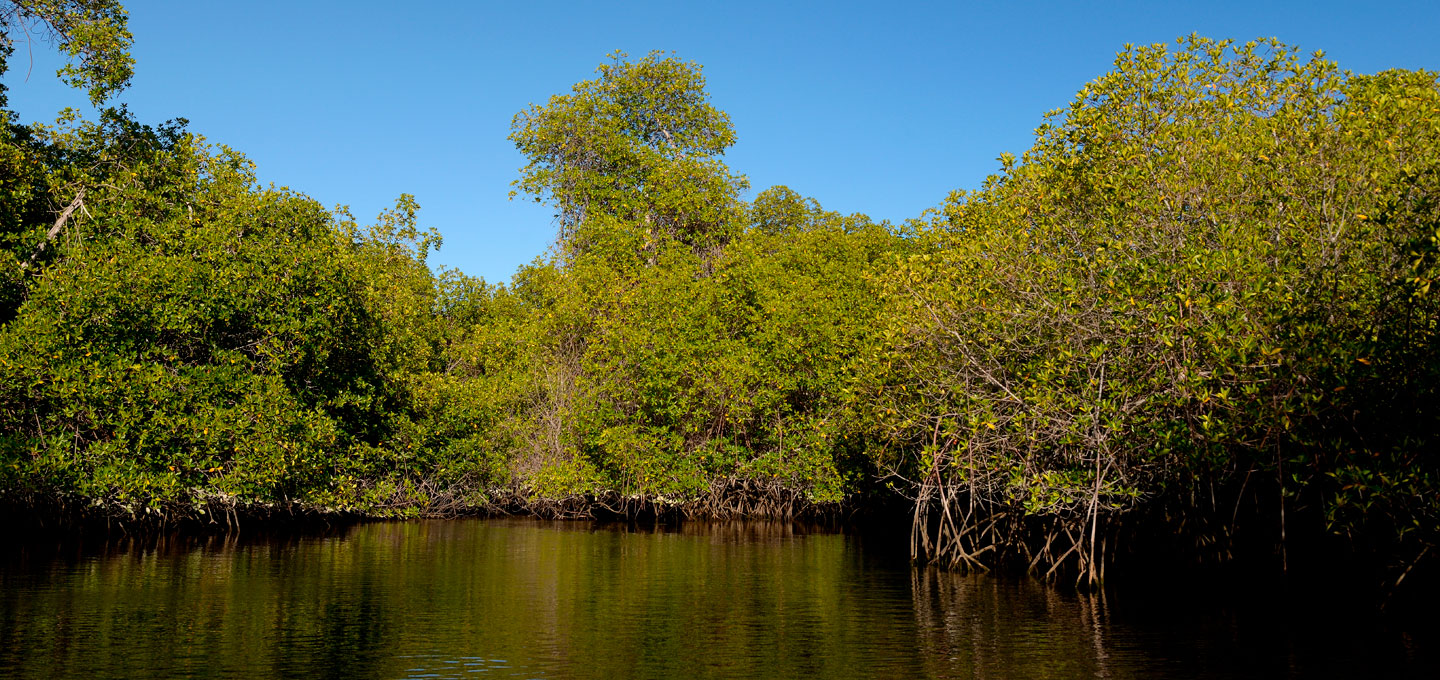
What you need to know about Elizabeth Bay, Galápagos Elizabeth Bay is another place people shouldn’t leave without visiting. You can’t go and step on to the actual bay but you can go by panga, it is only accessible that way. There is a lange range of marine wildlife which includes: flightless cormorants, sea lions, […]
View more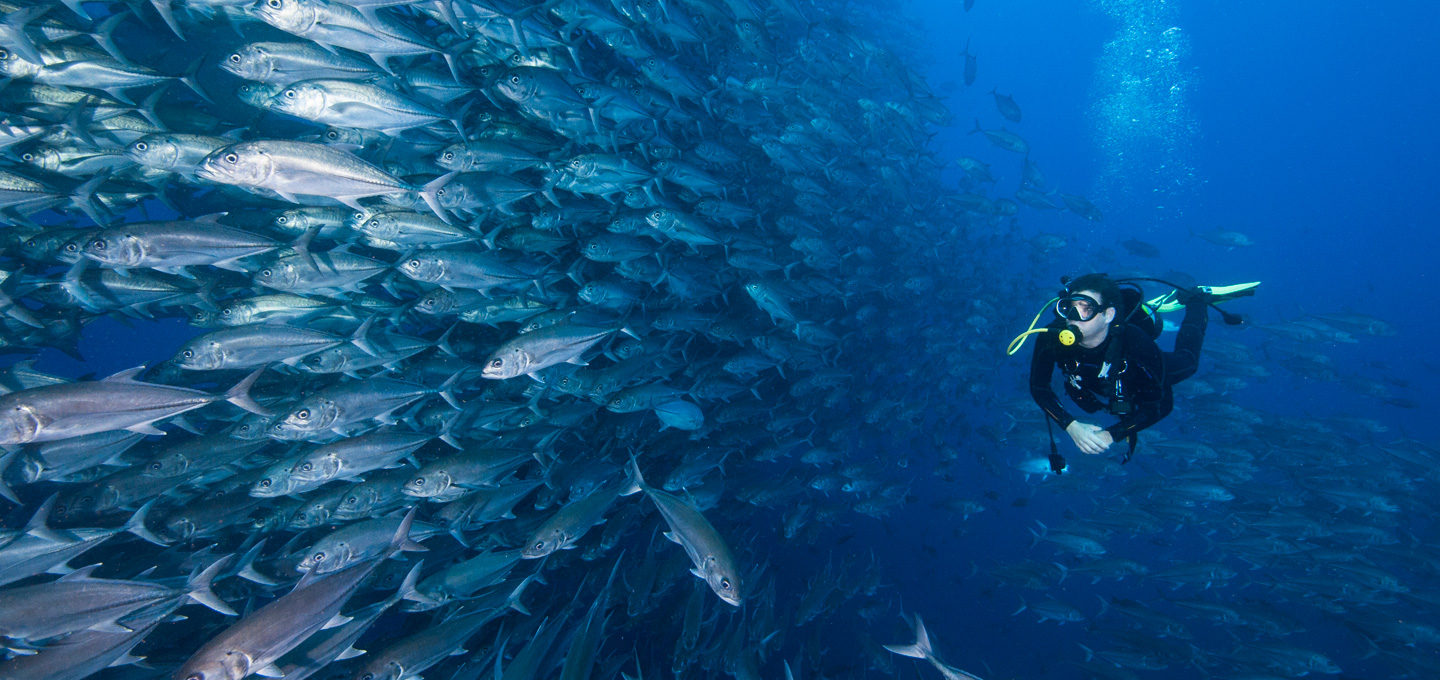
What you need to know about Roca Blanca, Galápagos This site is one of the islands’ top diving destinations despite not being widely recognized. Up to six distinct shark species, sea lions, rays, moray eels, and lobsters may all be found here because of the area’s colder, more nutrient-rich waters. The bait balls of Salemas […]
View more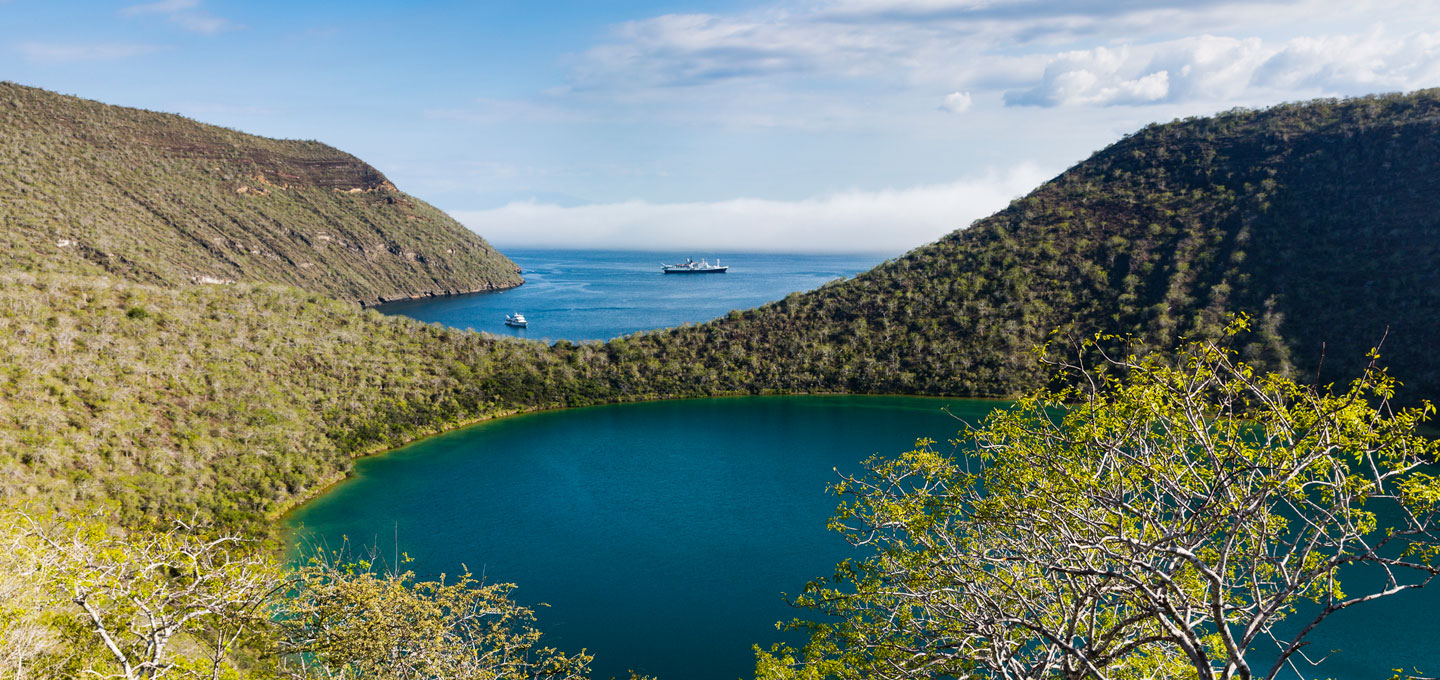
What you need to know about Tagus Cove, Galápagos La Tagus Cove was a well-known hideout for pirates and balladeers throughout the years, and its calm waters shielded from view make it the ideal location for launching. The name dates back to 1814 when the British barge The Tagus was apprehended here to store enormous […]
View morei Please be aware that wildlife sightings are never guaranteed and depend on seasons, weather and other factors






